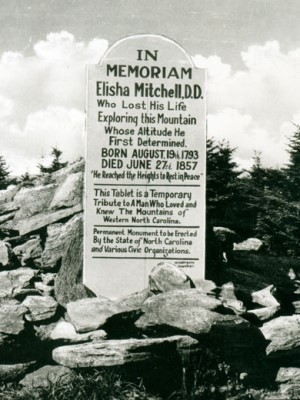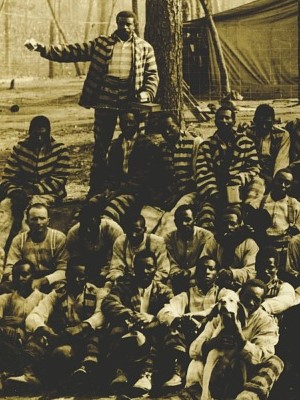Project Overview
The collection of the official papers of Governor Locke Craig—those held by the State Archives of North Carolina—includes incoming and outgoing correspondence, press releases, telegrams, reports, speeches, and other miscellaneous items generated in the day-to-day work of the governor’s office from 1913 to 1917. From the thousands of individual documents that comprise Governor Craig’s collection, the editor of this project opted to select, transcribe, annotate, and publish close to 600 items. These items meaningfully shed light on eight significant themes from the governor’s term in office (see thematic categories below).
A Fragmented Series
Readers of his papers should know upfront that much of Governor Craig’s outgoing correspondence—the governor’s own words and thoughts—is simply missing. Craig’s secretaries marked incoming correspondence that received a reply either by writing “acknowledged” or “ack” or by stamping the same with a date that a response was sent. In these cases, the editor searched the collection for the response. If present, the editor published it and linked it accordingly for easy reference. If the response was not found among his papers, the editor made a note of this in a footnote.
The collection is also chronologically front-heavy, meaning that the bulk of the items represent the first year or so of his administration. In the second half of his administration, the collection grows noticeably and rapidly thinner. Very little of his outgoing 1916 correspondence is found among his official papers.
Private Secretaries
The responsibilities of the governor’s private secretary included the processing and issuing of commissions, preparing public statements, drafting responses, and, in Governor Craig’s case, providing a bit of personal counsel on matters before the office. During the course of Governor Craig’s term, two people in turn occupied the office, their term of service noted below.
John Philetus Kerr: January 15, 1913–June 15, 1916
John P. Kerr was a longtime friend of Locke Craig who had managed his 1908 gubernatorial campaign and had served as editor of the Asheville Citizen-Times. Through three and a half years, Craig leaned heavily upon Kerr to move along the administrative business of the governor’s office. During Craig’s many absences due to bad health, Kerr continued to process commissions and forwarded for Craig’s consideration any item of correspondence that he himself could not answer. Illness marred the final few months of Kerr’s tenure, the effects of a late-February heart attack leaving him more or less confined to a bed. He lingered into the spring, never well enough to return to the governor’s office, and ultimately succumbed on June 15, 1916.
Mary Frances "May" Jones: June 27, 1916–January 11, 1917
An advocate of women’s suffrage and active Democratic Party member, May F. Jones came to the private secretary position under a pall of grief. During Kerr’s extended absence, Jones and other clerks and secretaries on the governor’s staff shouldered the added responsibilities admirably. It was perhaps her performance during this trying time that convinced Craig to hand her the office of private secretary upon Kerr’s death, one of only a few governors to fill the role with a woman at that time. Following the close of Craig’s administration, Jones published two compilations of his papers and press coverage: Public Letters and Papers of Locke Craig (1916) and Memoirs and Speeches of Locke Craig (1923).








